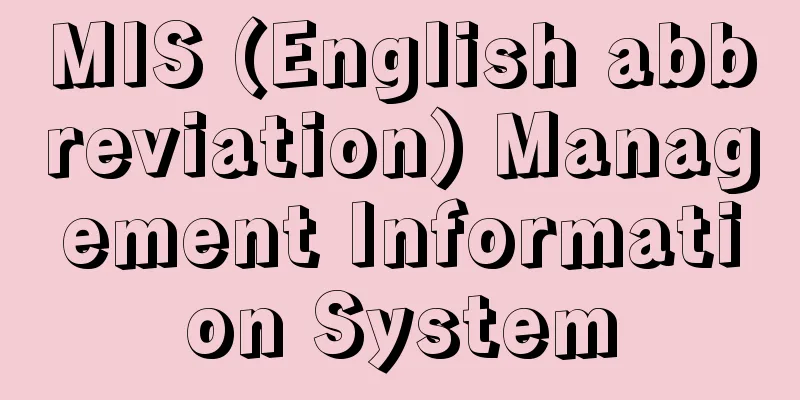Banna

|
Year of death: Around 1207 Year of birth: Unknown. A Shingon Buddhist monk from the Heian and early Kamakura periods. A blind monk who placed importance on practicality and whose activities were centered around Mt. Koya, and a holder of the Lotus Sutra. In 1183, he borrowed a mandala handwritten by Kobo Daishi from Rengeoin Temple and performed a memorial service at the Great Pagoda of Mt. Koya, and also performed memorial services at Ise Shrine, Iwashimizu Hachiman Shrine, Amano Shrine, the guardian shrine of Mt. Koya, and Zenjoji Temple in Kawachi Province (Osaka Prefecture). In 1186, Emperor Goshirakawa donated Ota Manor in Bingo Province (Hiroshima Prefecture) as a fee for the use of the Kongo and Taizo Great Ceremonies to be held at the Great Pagoda of Mt. Koya, and he thereafter demonstrated his skill in managing Ota Manor. In order to stop the illegal activities of the lower officials since the Genpei War and to restore the fields that had become desolate like a wilderness, the lower officials were exempted from paying two sho of rice per dan, the public officials were given one cho of rice per person, and the peasants were exempted from paying rice with mats. In 1194, the restored Ota Manor was transferred to Mount Koya, and the form of the manor was determined. In the following year, in a letter addressed to the manor officials and peasants, it was decided that the relationship between the temple family and the people should be one of mutual respect and respect, which remained as the central principle of the rule of Ota Manor for a long time. <References> Kira Kunimitsu, "The Nature of Manorial Rule and Its Changes" (Kyushu Historiography No. 59), Seno Seiichiro (ed.), "Bingo Province Ota Manor Historical Materials 1" (Kira Kunimitsu) Source: Asahi Japanese Historical Biography: Asahi Shimbun Publications Inc. About Asahi Japanese Historical Biography |
|
没年:承元1頃(1207) 生年:生年不詳 平安・鎌倉時代前期の真言宗の僧。高野山を活動の中心とし,実践に重きをおく盲目の勧進聖で,法華経の持経者。寿永2(1183)年,蓮華王院から弘法大師真筆の曼荼羅を借り受け,高野山根本大塔で供養法を行い,伊勢神宮,石清水八幡宮,高野山鎮守天野社,河内国(大阪府)善成寺などでも供養法を行っている。文治2(1186)年高野山根本大塔で行う金剛・胎蔵両部大法用途料として,後白河法皇から備後国(広島県)大田庄が寄進され,以後大田庄の経営に辣腕をふるう。源平の内乱以来の下司の非法を停止させるとともに,荒野の如く荒廃した田畠を復興させるため,下司に段別2升の所当米,公文に人別1町の給田,百姓に莚付米などを免除している。建久5(1194)年,復興なった大田庄の庄務を高野山に付すとともに,庄務の在り方について定め置き,翌6年庄官百姓らに宛てた下文のなかで,寺家と民を愍み・仰ぐ関係と定め,長く大田庄支配の中心的理念として存続した。<参考文献>吉良国光「荘園制的支配の性格とその変質」(『九州史学』59号),瀬野精一郎編『備後国大田荘史料1』 (吉良国光) 出典 朝日日本歴史人物事典:(株)朝日新聞出版朝日日本歴史人物事典について 情報 |
>>: Bandung - Bandung (English spelling)
Recommend
Aoyagi
…It is one of the three Ishikawa songs, along wit...
Torque - Toruku (English spelling)
This is the moment of force acting on a rotating ...
Taragi [town] - Taragi
A town in Kuma District, southeastern Kumamoto Pre...
Kannoukohonroku - Record of the Encouragement of Agriculture
This is a local book from the mid-Edo period. The...
Cornerstone - Soseki
These stones are placed at the foundations of bui...
Wreath Holder
In England, a person who rents land for a fixed pe...
Torazaburo Araki
A medical scientist from Gunma Prefecture. He gra...
augumenter wing
...There are various types, such as upper surface...
Deiphobos (English spelling)
…However, while her husband was away, she was sed...
Oobanotombosou - Oobanotombosou
A perennial plant of the orchid family (APG class...
Military aid - Gunjienjo (English spelling)
In a broad sense, it refers to any military assis...
Ushitora - Ushitora
The direction between the Ox and Tiger years. Nort...
Mossad
…The unique nature of the state’s existence makes...
Ring King
…Afterwards, the country developed a transit trad...
Flame photometry
Quantitative flame photometry. Qualitative flame p...









